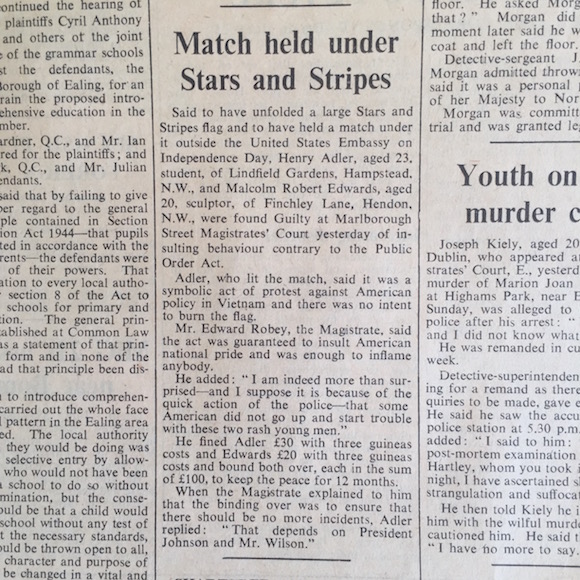
//From The Times, July 29, 1966. Paul Gorman Archive. No reproduction without permission//
The late Malcolm McLaren made his first national media appearance in a 250-word item on the Law Report page of The Times in the summer of 1966.
This is an extract from my biography The Life & Times of Malcolm McLaren:
In 1966 while he was attending a painting course at Chelsea College of Art, Malcolm McLaren – who had been forced to take his step-father’s surname Edwards a few years earlier – came under the influence of Stan, a fellow student whose last name is lost to memory.
“Stan was a Trotskyist who played a mean jazz saxophone and politicised Malcolm,” says Fred Vermorel, a friend of McLaren’s who had been at Harrow art school with him a couple of years previously.
For McLaren, radical politics opened up a world of possibilities when entwined with his investigations into art. Encouraged and initially accompanied by Stan, McLaren began attending rallies and demonstrations protesting on behalf of the causes célèbres of the day: against the war in Vietnam and South Africa’s apartheid regime.
Long gone were the polite CND parades peopled by earnest chaplains and fresh-faced Home Counties youth in duffel coats chanting Kumbaya. Taking their cue from the US uprisings such as that among the African American community on Chicago’s West Side, the British protestors of 1966 brought activism to new heights in direct confrontation with the authorities. A turning point was the July central London rally calling for the British government to disassociate itself from US military policy in south-east Asia.

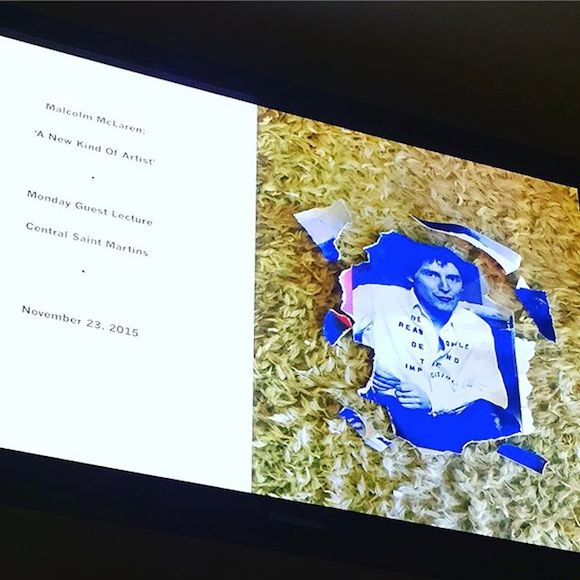
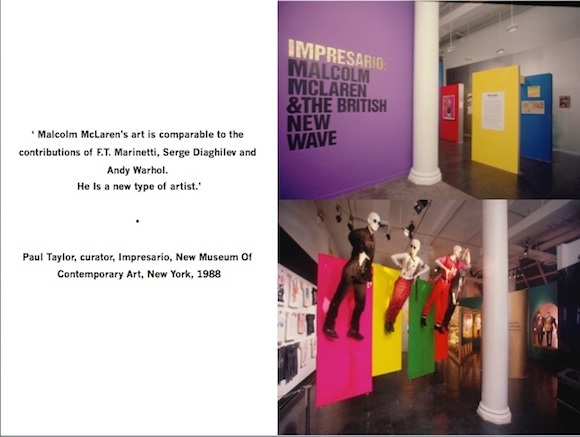
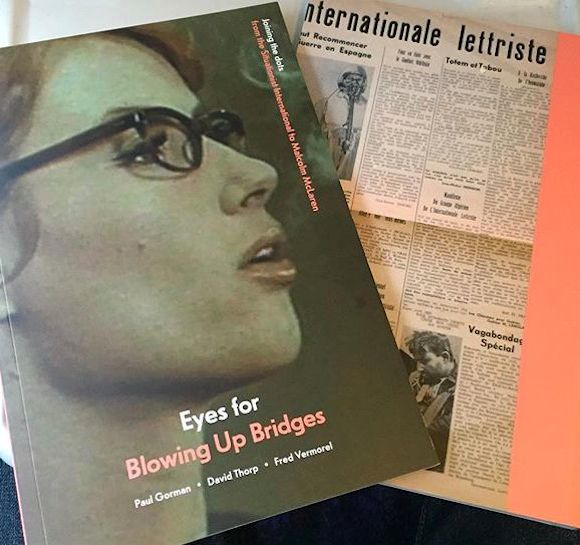
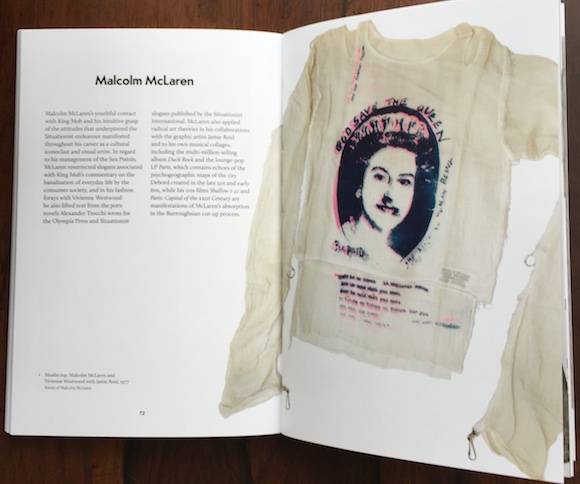
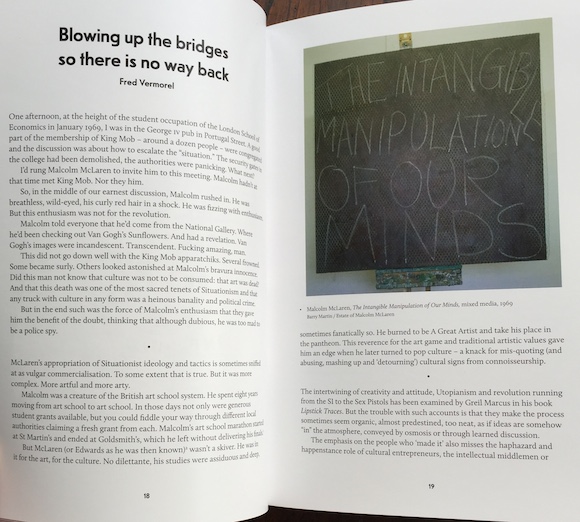
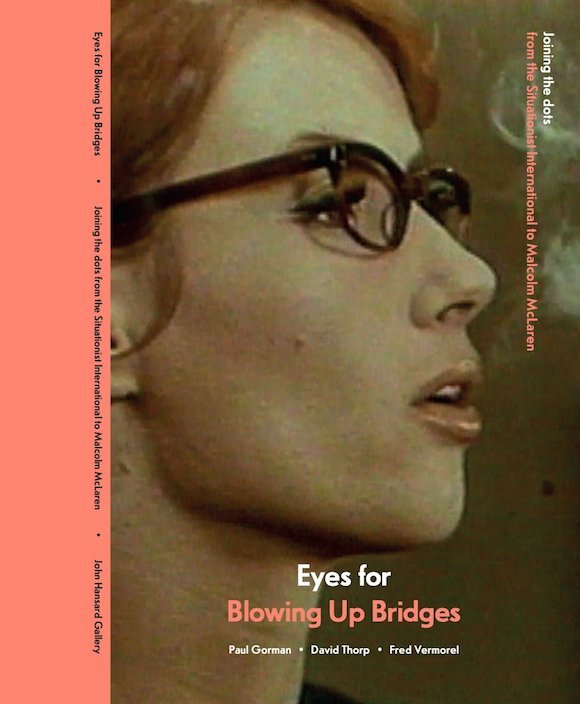
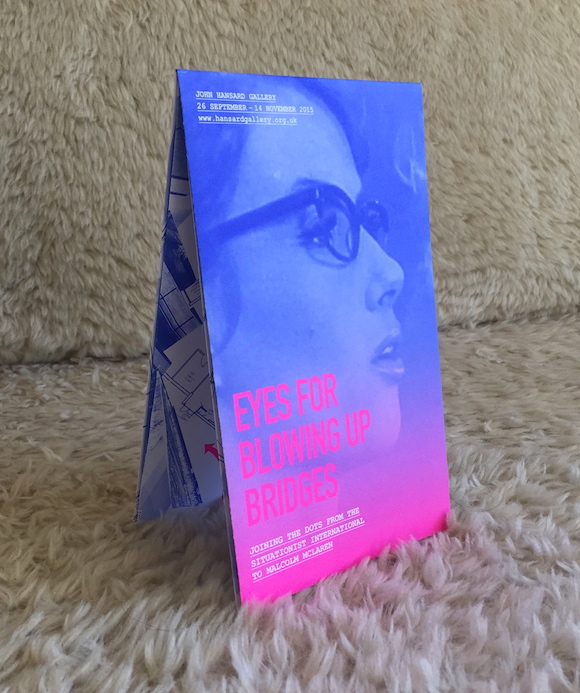







Recent Comments